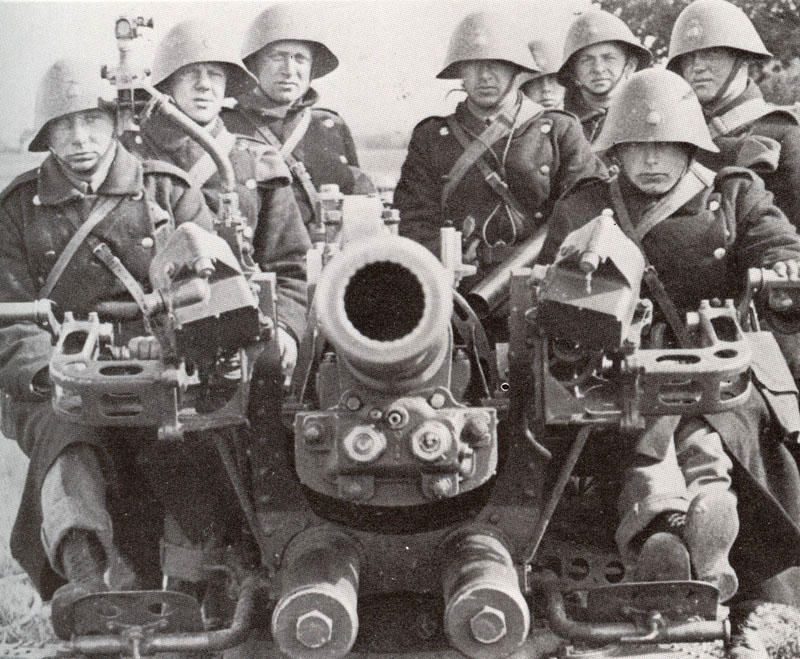M1923 Helmet (Denmark) on:
[Wikipedia]
[Google]
[Amazon]
The M/1923 helmet was a
 Following World War I the Danish government fell into line with other industrialized nations and began to equip their soldiers with steel helmets. This new trend emerged from the trenches of World War I where steel helmets greatly reduced casualties. The Danish military accepted plans for the helmet in 1923 from army
Following World War I the Danish government fell into line with other industrialized nations and began to equip their soldiers with steel helmets. This new trend emerged from the trenches of World War I where steel helmets greatly reduced casualties. The Danish military accepted plans for the helmet in 1923 from army
combat helmet
A combat helmet or battle helmet is a type of helmet. It is a piece of personal armor designed specifically to protect the head during combat. Modern combat helmets are mainly designed to protect from shrapnel and fragments, offer some protec ...
issued to Danish troops during the interwar period
In the history of the 20th century, the interwar period lasted from 11 November 1918 to 1 September 1939 (20 years, 9 months, 21 days), the end of the World War I, First World War to the beginning of the World War II, Second World War. The in ...
and saw service in the Second World War. It was the first helmet to be issued to the Royal Danish Army and Navy. The helmet was produced locally by the company A/S .
Design
The M/1923 was made from a single piece of Swedish steel and was produced in both military and civilian versions. The military version contained either an Army or Navy emblem on the front, depending upon which branch it was issued to. The army emblems were produced by prisoners atVridsløselille Prison
Vridsløselille Prison (Danish: Vridsløselille Fængsel) is a former state prison located in Albertslund in the western suburbs of Copenhagen in Denmark. It was operated as a state prison from its opening in 1859 to January 2016 and then served ...
. From the 1930s the helmets were covered with textured grey or a light shade of khaki paint. The inside of the helmet was equipped with a leather chin strap and liner consisting of eight flaps. On the rear of the helmet, there is a slit allowing for a carabiner to be attached to the soldier's equipment, when the helmet was not worn.
Civilian versions
During the Second World War a number of different versions of civilian M/1923 helmets were made. They are among collectors known as the M1923/41. It is plausible that Glud & Marstrand made the M/1923/41, as they already had the machinery tooled for the production of the army helmets. The civilian version was issued to various non-military organizations such as, police, fire departments, and the press. The civilian version did not have a decal on the front, and was made from lighter steel. It had a lower quality liner and chin strap. Unlike the military version it remained in service with these groups and the Civil Defence after the war.History and usage
 Following World War I the Danish government fell into line with other industrialized nations and began to equip their soldiers with steel helmets. This new trend emerged from the trenches of World War I where steel helmets greatly reduced casualties. The Danish military accepted plans for the helmet in 1923 from army
Following World War I the Danish government fell into line with other industrialized nations and began to equip their soldiers with steel helmets. This new trend emerged from the trenches of World War I where steel helmets greatly reduced casualties. The Danish military accepted plans for the helmet in 1923 from army Captain
Captain is a title, an appellative for the commanding officer of a military unit; the supreme leader of a navy ship, merchant ship, aeroplane, spacecraft, or other vessel; or the commander of a port, fire or police department, election precinct, e ...
H. E. Johnsen and chief engineer G.A.P. Willadsen-Nielsen. The helmet saw combat during the German invasion of Denmark, Operation Weserübung, on April 9 1940, and very limited use with the Danish volunteers in Finland during the Winter War.
Following the end of the war in 1945, Denmark gradually phased out the M/1923 in favour of the M/48 steel helmet, which was modelled after the American M1 helmet. This move coincided with many other NATO members who adopted the same design. The M/1923 is unique in that it was never exported internationally making Denmark the only country ever to use it. This contrasts with other helmets of the era such as the French Adrian helmet
The Adrian helmet (french: Casque Adrian) was an influential design of combat helmet originally produced for the French Army during World War I. Its original version, the M15, was the first standard helmet of the French Army and was designed whe ...
and the British Brodie helmet
The Brodie helmet is a steel combat helmet designed and patented in London in 1915 by Latvian inventor John Leopold Brodie ( lv, Leopolds Janno Braude). A modified form of it became the Helmet, Steel, Mark I in Britain and the M1917 Helmet in ...
, which were widely distributed around the world. Moreover, this helmet's distinctive appearance makes it easily recognizable from other interwar steel helmets.
See also
* Uniforms of the Royal Danish ArmyReferences
;Citations ;Bibliography * * * * {{helmets Combat helmets of Denmark Military equipment introduced in the 1920s